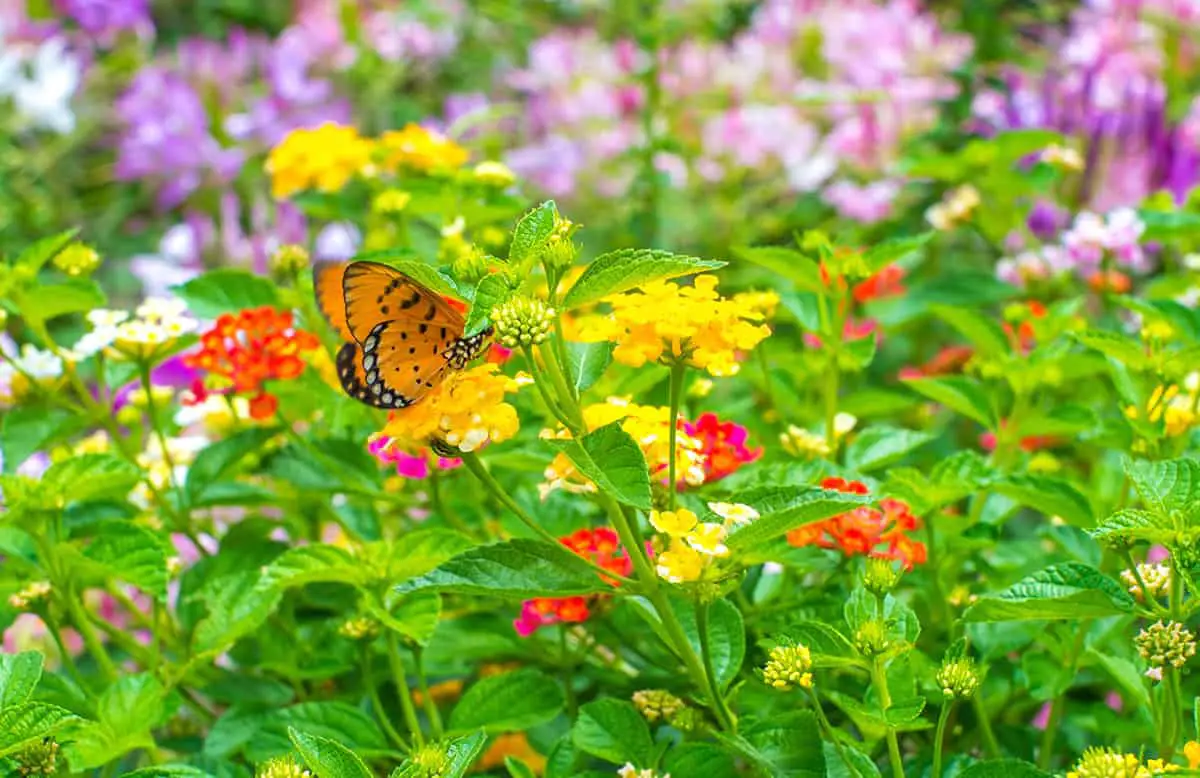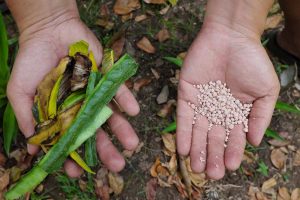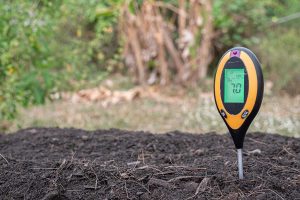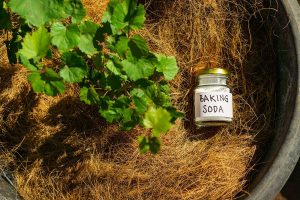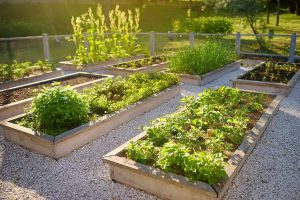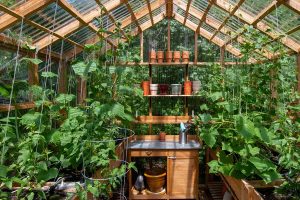A butterfly garden can transform your yard into a colorful retreat. If you’re interested in attracting butterflies but don’t know where to start, this article is here to help. With 15 actionable and creative ways, you’ll learn how to choose the right plants, create essential habitats, and maintain a garden that butterflies will love.
Table of Contents
- Choose Native Plants
- Include Host Plants
- Ensure Continuous Bloom
- Create Sunny Spots
- Provide Water Sources
- Add Flat Stones for Basking
- Avoid Pesticides
- Create Shelter with Shrubs
- Use Brightly Colored Flowers
- Add Flowering Herbs
- Create a Mud Puddle
- Plant in Clusters
- Add a Butterfly Feeder
- Provide Leaf Litter
- Create Windbreaks
Choose Native Plants
Choosing native plants lets you create a thriving butterfly garden. Native plants are adapted to your local climate. They provide essential food and habitat for butterflies.
Look for plants that are common in your area. You can find lists of native plants from local extensions. Using these plants supports local ecosystems.
Native plants are often easier to care for. They need less water and fertilizer. Besides, they resist pests better than non-native plants.
Milkweed varieties are perfect for Monarch butterflies. Black-eyed Susans attract a wide range of pollinators. Aster is another excellent choice.
It’s important to plant a variety. Different species attract different butterflies. Mixing plants with different bloom times keeps your garden active all season.
Native plants also benefit the caterpillar stage. They provide the right food sources. This ensures butterflies can complete their life cycle in your garden.
Native grasses can also be beneficial. They offer shelter and additional food sources. Little bluestem and switchgrass are good examples.
Remember, native plants can adapt well. Observe how they interact with butterflies. Adjust the layout if needed to maximize butterfly attraction.
Include Host Plants
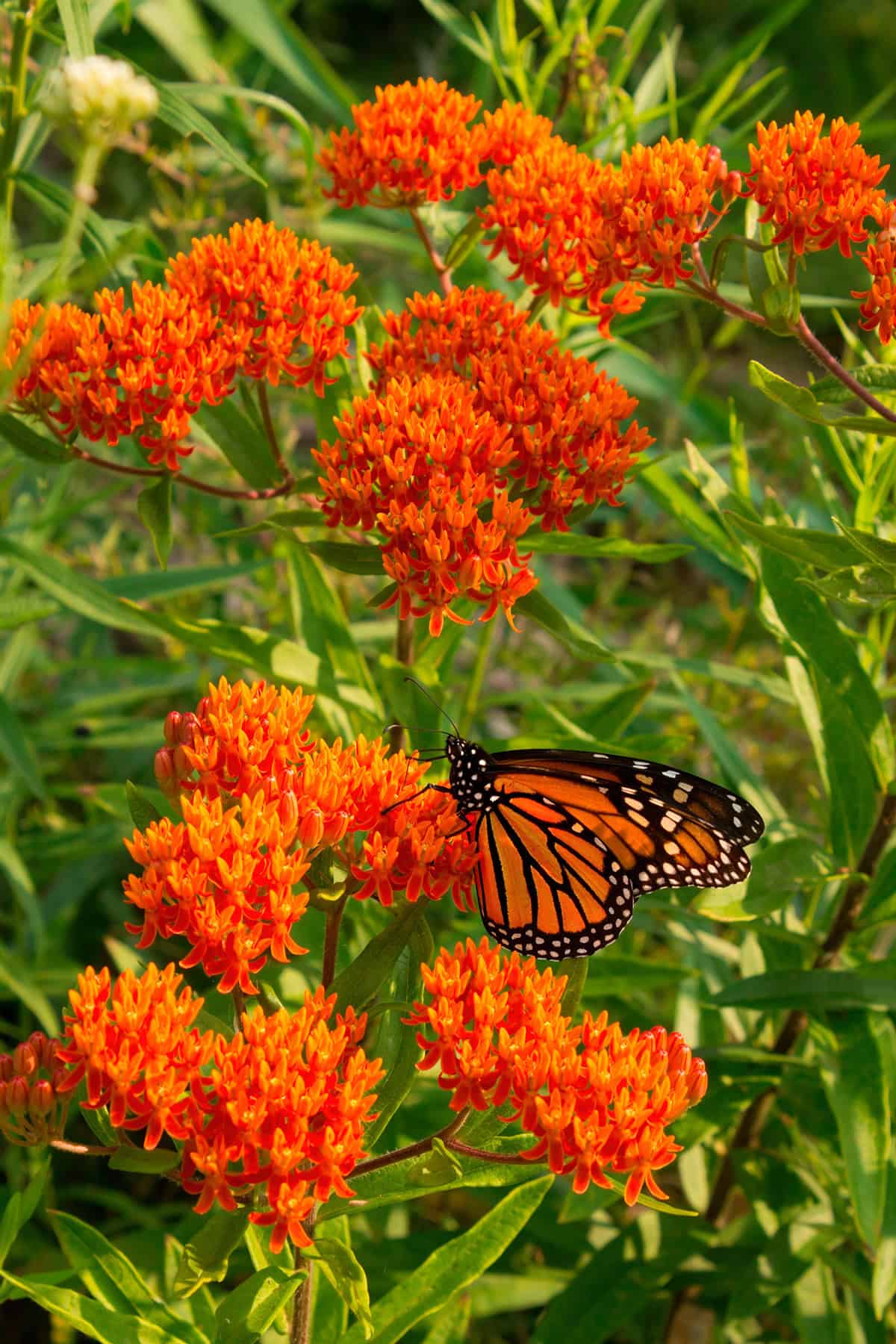
Host plants are essential for a thriving butterfly garden. They provide a place for butterflies to lay their eggs. Caterpillars feed on these plants as they grow.
Select a variety of native host plants. This ensures you cater to different butterfly species. Milkweed is ideal for monarchs. Parsley and dill attract swallowtails.
Host plants also help sustain butterfly populations. Different butterflies require different host plants. Knowing the preferences aids in garden planning.
Capture the beauty and functionality of your garden. Combine host plants with vibrant nectar plants. This makes your garden appealing and purposeful.
For a successful garden, avoid pesticides. Pesticides can be harmful to caterpillars and butterflies. Ensure your garden remains a safe space for all stages of life.
Consider adding common host plants to your garden. These include milkweed, fennel, and nettles. Each has its unique benefits for different butterfly species.
Butterflies and Their Preferred Host Plants:
| Butterfly Species | Preferred Host Plants |
|---|---|
| Monarch | Milkweed |
| Swallowtail | Parsley, Dill, Fennel |
| Painted Lady | Thistles, Nettles |
| Red Admiral | Nettle, False Nettle |
| Cabbage White | Nasturtium, Mustard |
Ensure your garden includes a mix of these plants. It will attract and support a variety of butterflies. Enjoy the process and the results.
Ensure Continuous Bloom
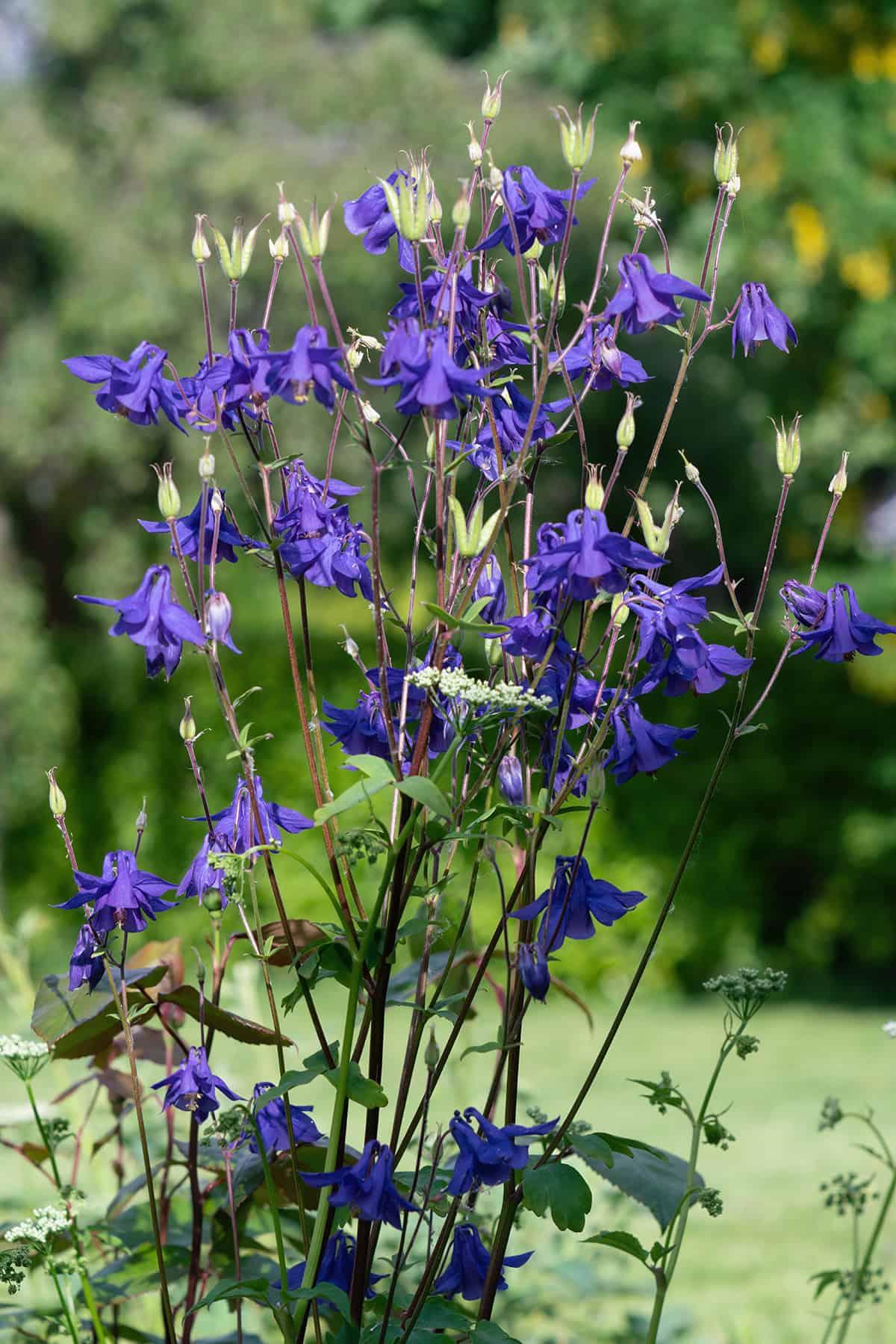
To keep your butterfly garden attractive, provide continuous blooms. Select plants that bloom at different times. This ensures a steady food source from spring to fall.
Choose early bloomers like lilacs and columbines. They provide nectar in spring.
Meanwhile, mid-season bloomers like coneflowers and milkweed thrive in summer. For fall, use asters and sedum.
Group the plants based on their blooming time. This way, you’ll always have flowers in bloom. Place plants with similar flowering times together. It makes your garden look fuller and more appealing.
Mix heights and textures. Tall plants like Joe-Pye weed and short plants like marigolds provide variety and attract different butterfly species. Butterflies need varied landscapes for shelter and feeding.
Create Sunny Spots
A butterfly garden needs plenty of sun. Most plants that attract butterflies thrive in full sunlight. Aim for at least 6-8 hours of direct sunlight each day. Butterflies themselves need the sun to warm their bodies for flight.
Choose a location sheltered from harsh winds. Wind can batter butterflies and make it hard for them to fly. Look for a sunny place that also provides calm conditions.
Butterflies often bask in the sun early in the morning. They warm up before starting their day. Position plants where you can easily observe this behavior.
Ensure the sun reaches both plants and butterflies. Avoid placing the garden near tall trees or buildings that cast long shadows. A sunny, open space is ideal.
Incorporate sunny resting spots. Flat stones, bare ground, and low vegetation give butterflies places to bask. These areas help them regulate their body temperature.
Provide Water Sources
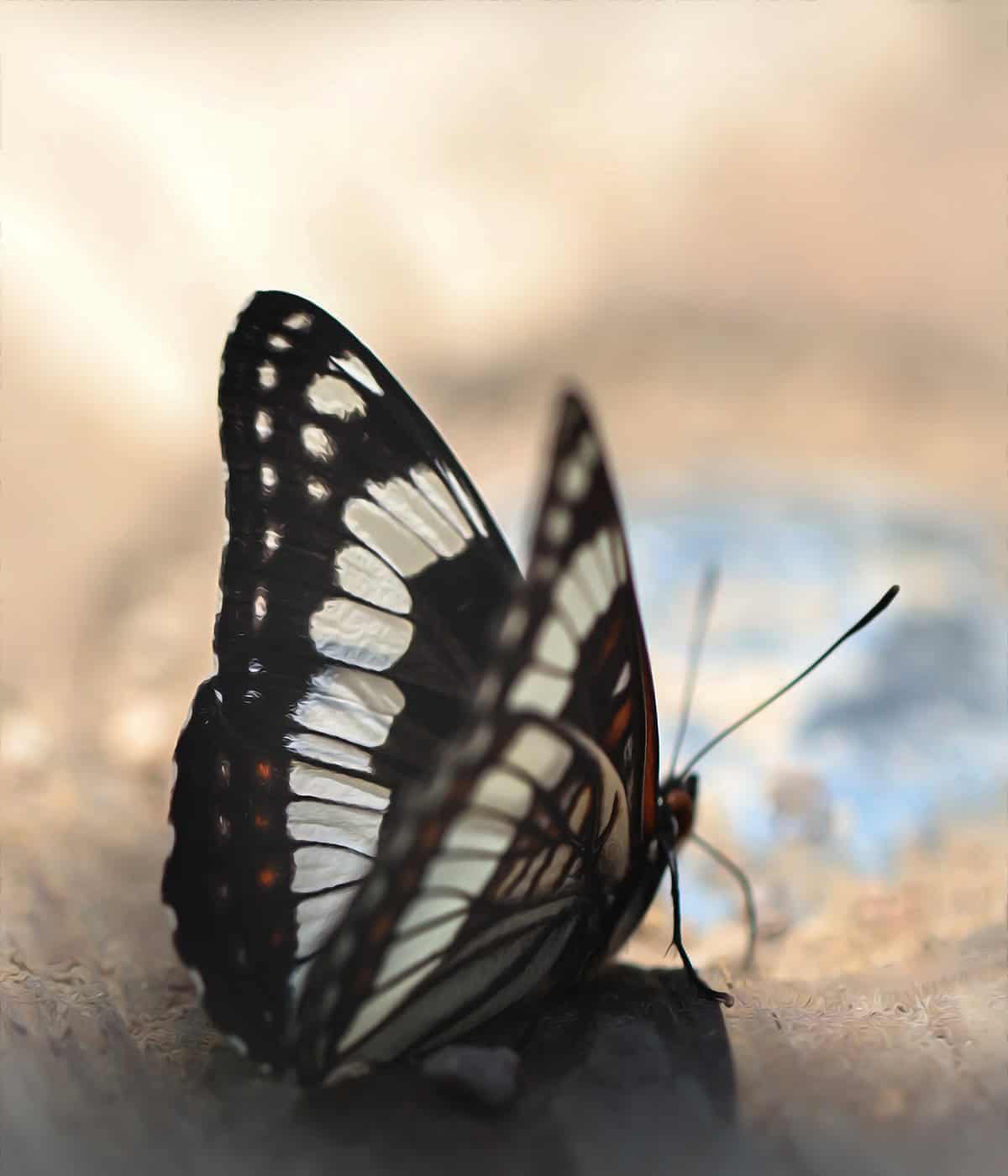
Butterflies need water to stay hydrated. Shallow puddles or damp areas work best. These water sources help attract butterflies to your garden.
Place flat rocks or surfaces for butterflies to sun themselves. This will allow them to dry their wings and bask in the sun. Rocks can also serve as perches near water areas.
Natural puddles can be created by simply overwatering a specific area. Alternatively, you can use shallow dishes. Add sand or pebbles to dishes to give butterflies a place to land.
Include a few man-made elements to enhance your garden. A shallow birdbath with some rocks can also be effective. Make sure the water is not too deep, ensuring butterflies can access it easily.
Ensure this water is clean. Change the water frequently to avoid stagnation.
Add Flat Stones for Basking
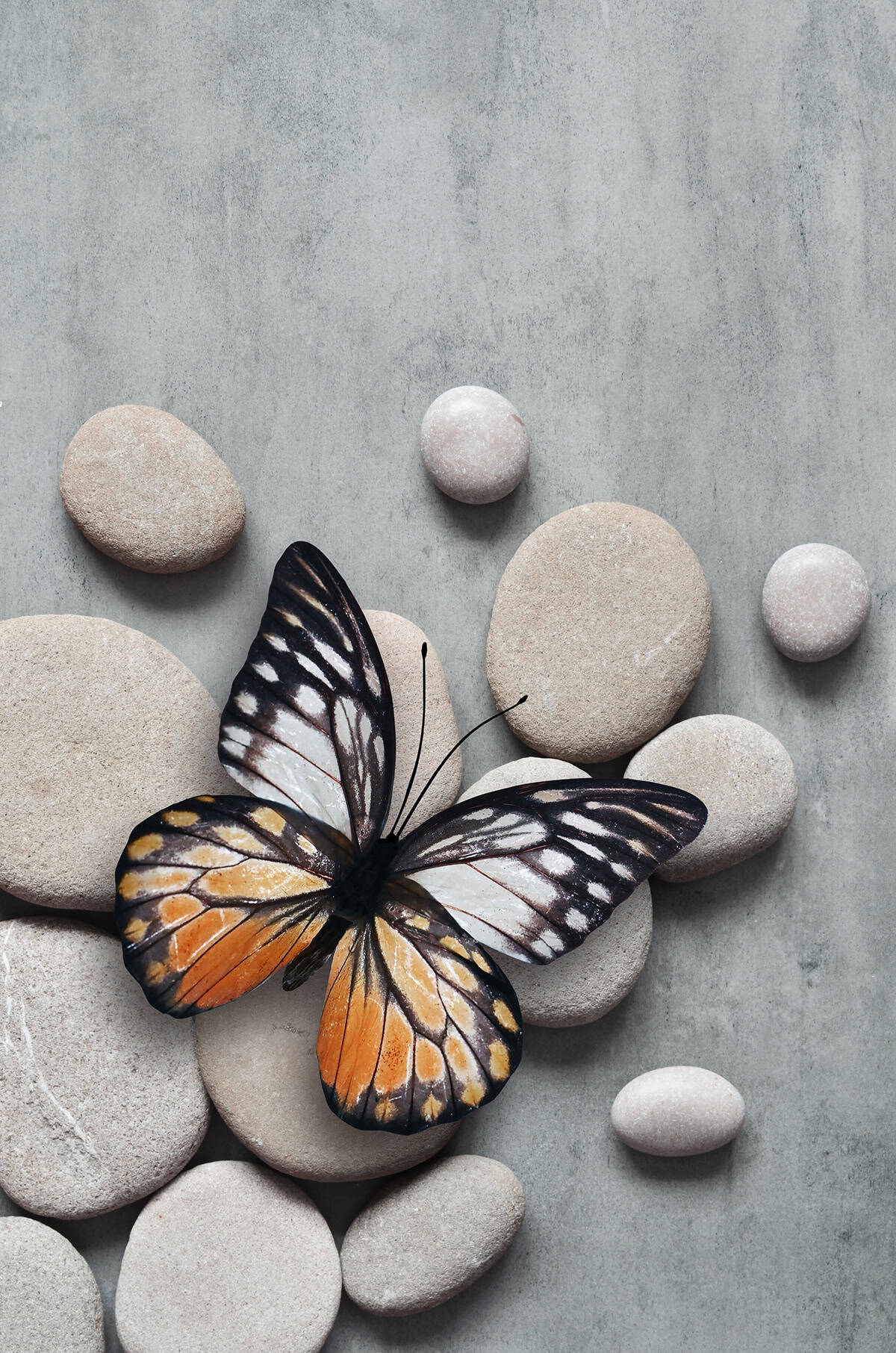
Butterflies need warmth to become active. Adding flat stones in your butterfly garden helps them bask in the sun. Place these stones in open, sunny areas for the best results.
Flat stones absorb heat from the sun. Butterflies use these warm surfaces to regulate their body temperature. This helps them become active early in the morning.
Arrange the stones in areas with plenty of sunlight. This ensures that butterflies can find and use them. Select stones that are large and smooth for the best heat absorption.
Consider the placement carefully. Ensure that the stones are not shaded by plants or structures. Consistent sunlight is key for maintaining the stones’ warmth.
Avoid Pesticides
Using pesticides in a butterfly garden can harm butterflies. Many pesticides kill insects indiscriminately, including beneficial ones. Avoid using broad spectrum pesticides in your garden.
Insecticides can be particularly harmful. They kill caterpillars and other larvae, which are future butterflies. Avoid products with Bacillus thuringiensis (Bt) as they target caterpillar larvae.
Choose alternatives to traditional pesticides. Use natural predators like ladybugs and spiders. They don’t harm butterflies. You can also handpick pests from plants or use soap and oil sprays. These methods pose less risk.
Keep your garden healthy. Plant a variety of flowers as they attract different insects. More diversity means fewer problems. Healthy plants also resist pests better, so make sure to water and fertilize them properly.
Clean up your garden in the spring and delay fall cleanup. Decomposing plants provide habitats, and beneficial insects overwinter in plant debris. By removing debris in spring, you protect these helpful insects.
Avoiding pesticides ensures safe habitats for butterflies. It also encourages a balanced ecosystem and creates a safer environment for all garden visitors.
Create Shelter with Shrubs
To attract butterflies, create a shelter with shrubs. Place blooming shrubs around your garden. These shrubs provide protection from wind and rain.
Include evergreen shrubs near the garden. Evergreens offer shelter during colder months.
Locate your butterfly garden near structures such as garages or sheds. These structures add extra protection. Butterflies will hide in these areas on cloudy days or at night.
Shrubs not only offer shelter but also beautify your garden. They create a more inviting environment for butterflies. Native shrubs are preferable. They are well-adapted to your region and support local butterfly species.
Use shrubs like spicebush, which are host plants for butterflies. These plants attract caterpillars that become butterflies.
To further enhance shelter, plant shrubs with overlapping canopies. This creates a dense cover offering more protection.
If you have space, plant a variety of shrubs. Different species bloom at various times, providing continuous shelter.
Select shrubs that can withstand your local climate. This ensures they remain viable year-round.
Use Brightly Colored Flowers
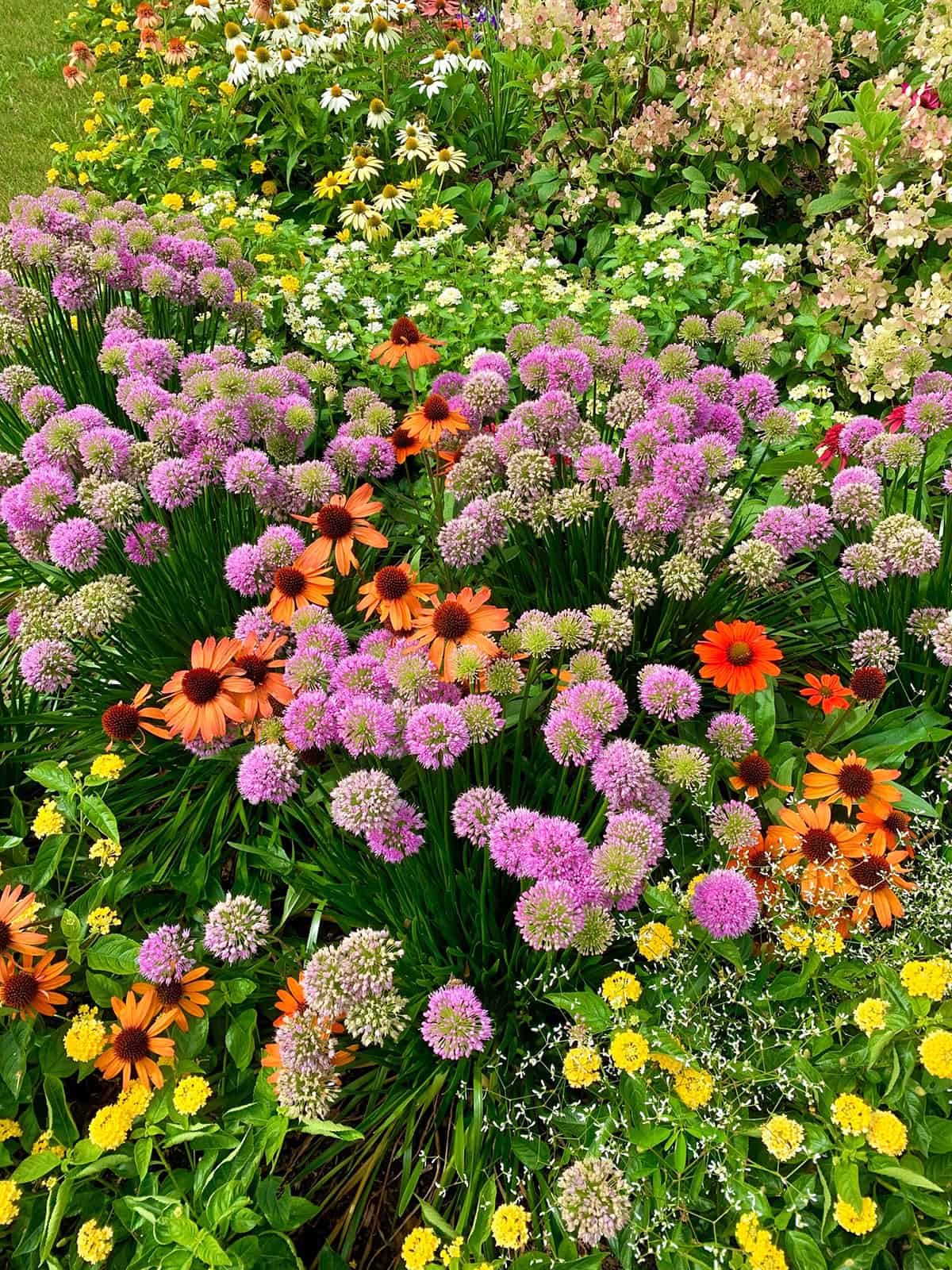
Brightly colored flowers are essential for attracting butterflies to your garden. Butterflies are drawn to vibrant hues like red, orange, yellow, pink, and purple. These colors help butterflies locate nectar sources.
Simple flower shapes, such as daisies and asters, are particularly attractive. Flat-topped flowers like zinnias provide easy landing spots for butterflies.
To ensure nectar availability, choose a variety of flowers that bloom at different times. This keeps your garden vibrant and continually appealing to butterflies.
Arranging your flowers in clusters can also increase the likelihood of attracting butterflies. They find larger groups of the same flower species more appealing than individual plants scattered throughout the garden.
Regular maintenance of your garden is important. Deadhead spent flowers to promote continued blooming and to maintain a tidy appearance.
Bright colors not only beautify your garden but also support the local butterfly population.
Add Flowering Herbs
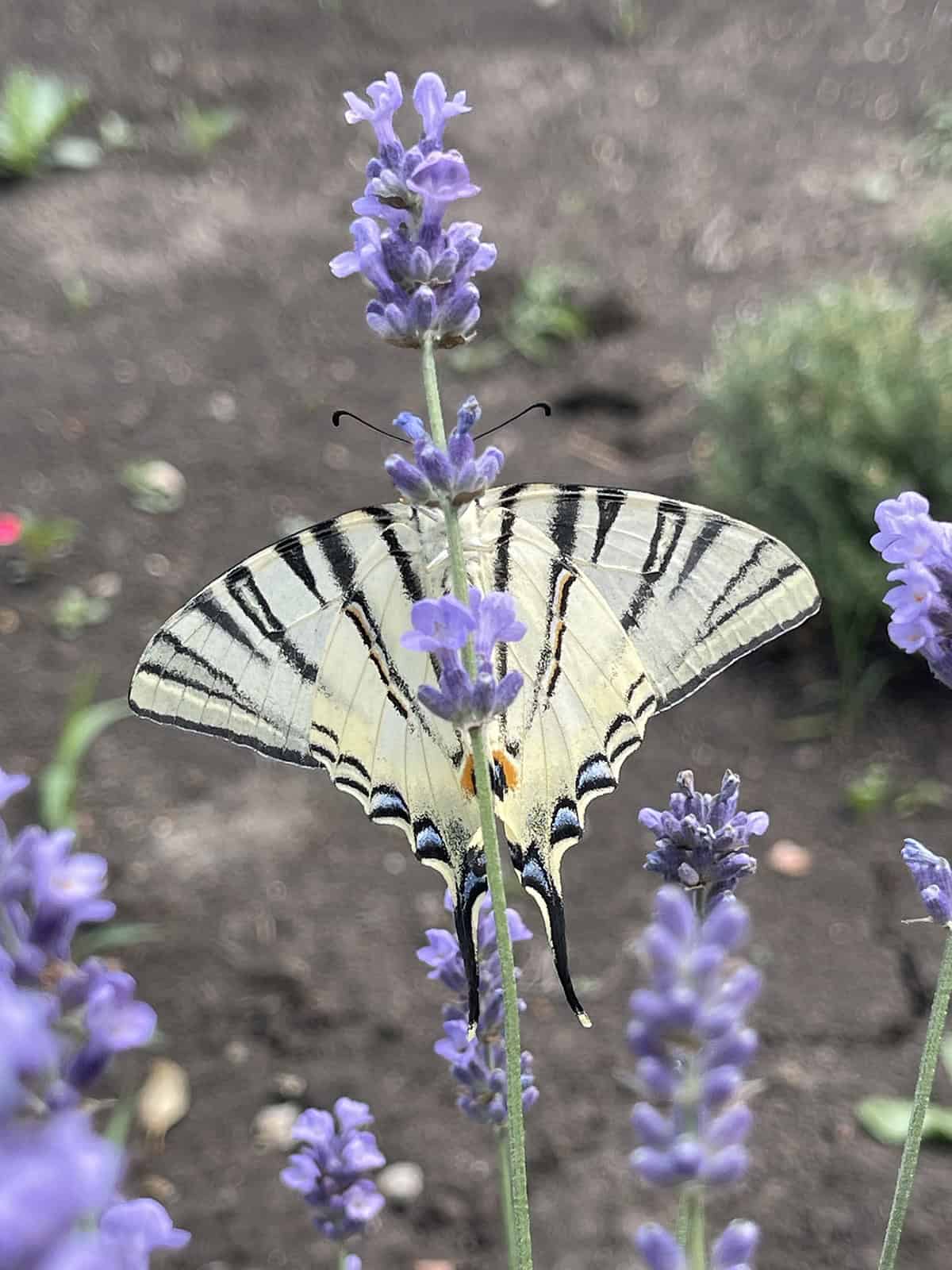
Adding flowering herbs to your butterfly garden enhances beauty and utility. These herbs attract butterflies with their nectar-rich blooms. Herbs like lavender, sage, and oregano are excellent choices. They provide nectar for the butterflies and also offer fragrance and color to your garden.
Lavender is particularly effective. Its purple flowers are a magnet for butterflies. Plant lavender in sunny spots for the best results. You will enjoy its aroma and vibrant color.
Sage is another great option. Its blue and purple flowers attract many butterfly species. Sage is easy to care for and can thrive in different climates.
Oregano offers small but plentiful flowers. Its blossoms are very attractive to butterflies. Plant oregano in well-drained soil for optimal growth. It will add a splash of color to your garden.
In addition to nectar, these herbs provide landing spots for butterflies. They enjoy basking in the sun on herb leaves and flowers. This makes your garden a perfect habitat.
Create a Mud Puddle

Creating a mud puddle can enhance your butterfly garden. Butterflies are drawn to these shallow, moist areas for hydration and minerals.
To make a mud puddle, pick a sunny spot in your garden. Ensure it gets some shade during the day. This balance of sun and shade helps maintain an ideal habitat.
Materials you need:
- Shallow tray or dish
- Sand or soil
- Water
Fill the tray with a mix of sand and soil. Add water to create a muddy consistency. Keep it damp but not overly saturated.
Place flat stones or sticks around the puddle. This gives butterflies a place to rest and warm up. Butterflies are cold-blooded and need warmth to fly.
Limit pesticide use around your garden. Chemicals can harm butterflies. Instead, use organic methods to keep your garden healthy.
Monitor the mud puddle regularly. Add water as needed to maintain the moisture. Keep the area clean and free from debris.
Consider placing the mud puddle near nectar plants. This will make it easier for butterflies to access both food and water.
Plant in Clusters
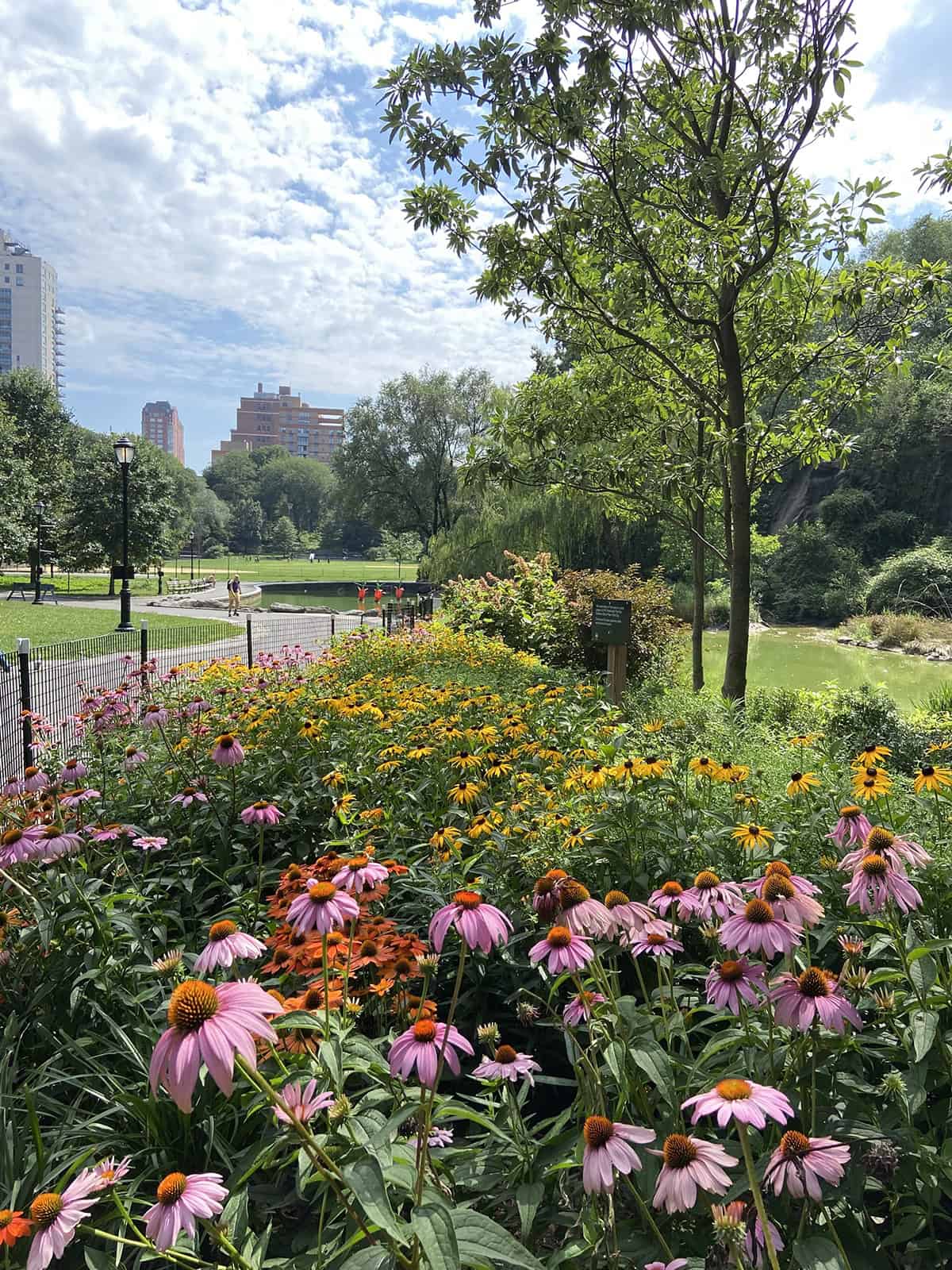
Planting in clusters can make your butterfly garden more attractive to butterflies. Group flowers of similar colors together. This helps butterflies find nectar sources more easily.
Clusters of the same plant type create a big target for butterflies. It makes it easy for them to recognize nectar sources from a distance.
When you plant in clusters, spacing is important. Leave enough room for plants to grow. Avoid overcrowding to ensure each plant gets enough sunlight and nutrients.
Butterflies prefer large, dense patches of flowers. Small, isolated plants may not attract them as effectively. Planting in groups can also help support butterfly larvae.
Consider planting groups of milkweed, coneflowers, or asters. These plants are known to attract and feed butterflies. Milkweed is particularly good for monarch butterflies.
Nectar Plants:
- Milkweed
- Coneflowers
- Asters
Host Plants:
- Parsley
- Fennel
- Dill
Position your clusters in sunny spots. Butterflies use the sun to warm their bodies. Ensure plants are sheltered from harsh winds.
Using this method brings more butterflies to your garden. You’ll create a vibrant, lively space. Your garden will be a haven for these beautiful creatures.
Add a Butterfly Feeder
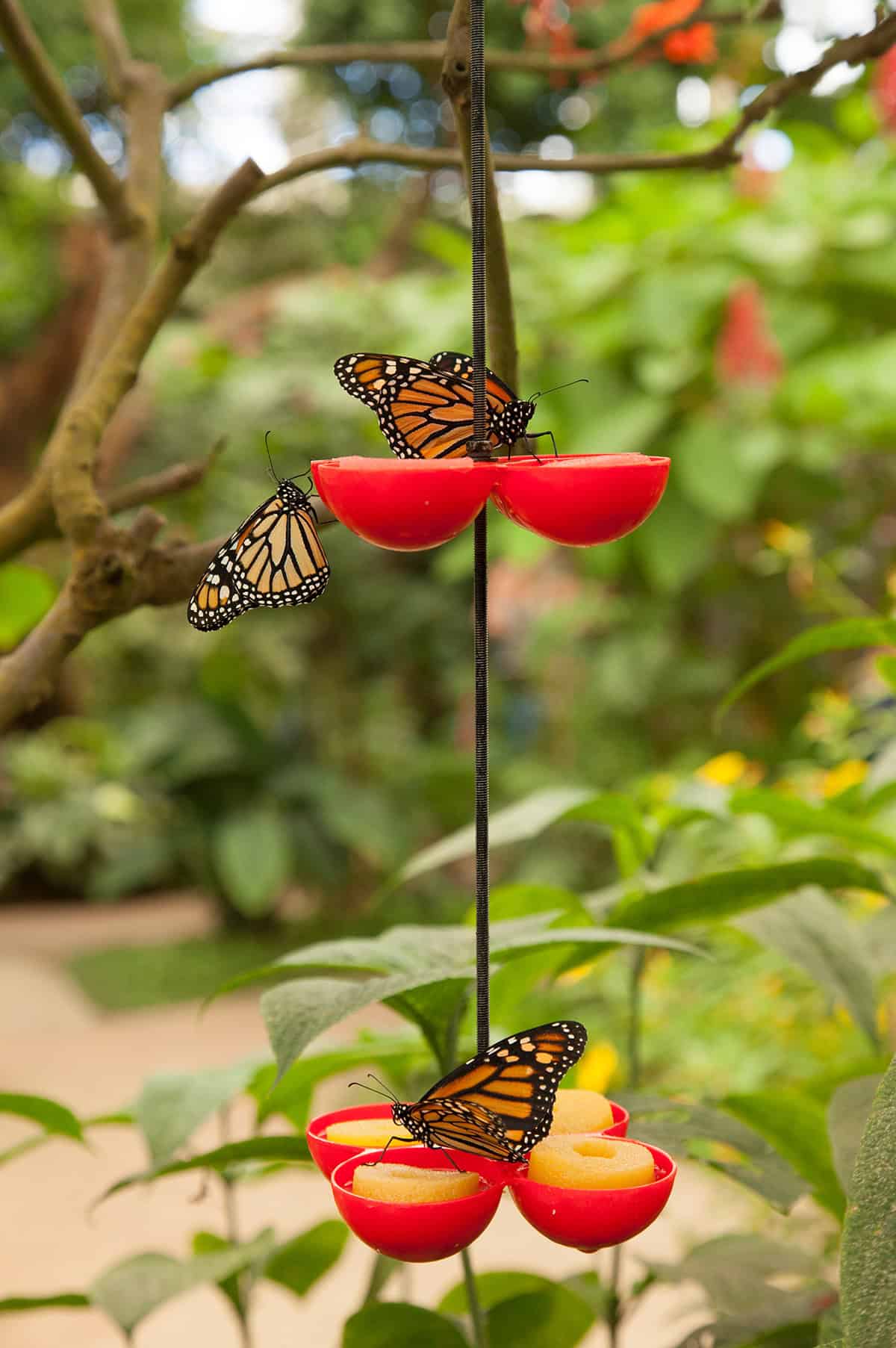
Adding a butterfly feeder to your garden can attract more butterflies. A feeder can supplement the natural nectar sources in your garden.
To make a butterfly feeder, you will need a shallow dish. Fill it with a mix of sugar water or overripe fruit. A simple sugar water mix can be made with one part sugar to ten parts water. Stir until the sugar dissolves completely.
Steps to Create a Butterfly Feeder:
- Use a shallow dish or a jar lid.
- Fill it with a sugar-water mixture.
- Place overripe fruit like bananas, oranges, or strawberries in the feeder.
- Hang or place the feeder in a sunny part of your garden.
Butterfly feeders should be cleaned frequently. This prevents mold and bacteria from growing in the mixture. Refresh the food every few days to keep it attractive to butterflies.
By including a feeder, you can provide a consistent food source. This is especially useful during times when natural nectar sources are scarce.
You can also add a bit of bright color to the feeder. Butterflies are attracted to vibrant colors like red, orange, and yellow. Use non-toxic paints to decorate the feeder.
Ensure the feeder is stable and not easily knocked over. Place it in a spot where it won’t get disturbed by wind or rain.
While feeders are beneficial, they should complement your natural garden. Continue to plant butterfly-friendly flowers and provide water sources to keep your garden welcoming for butterflies.
Provide Leaf Litter
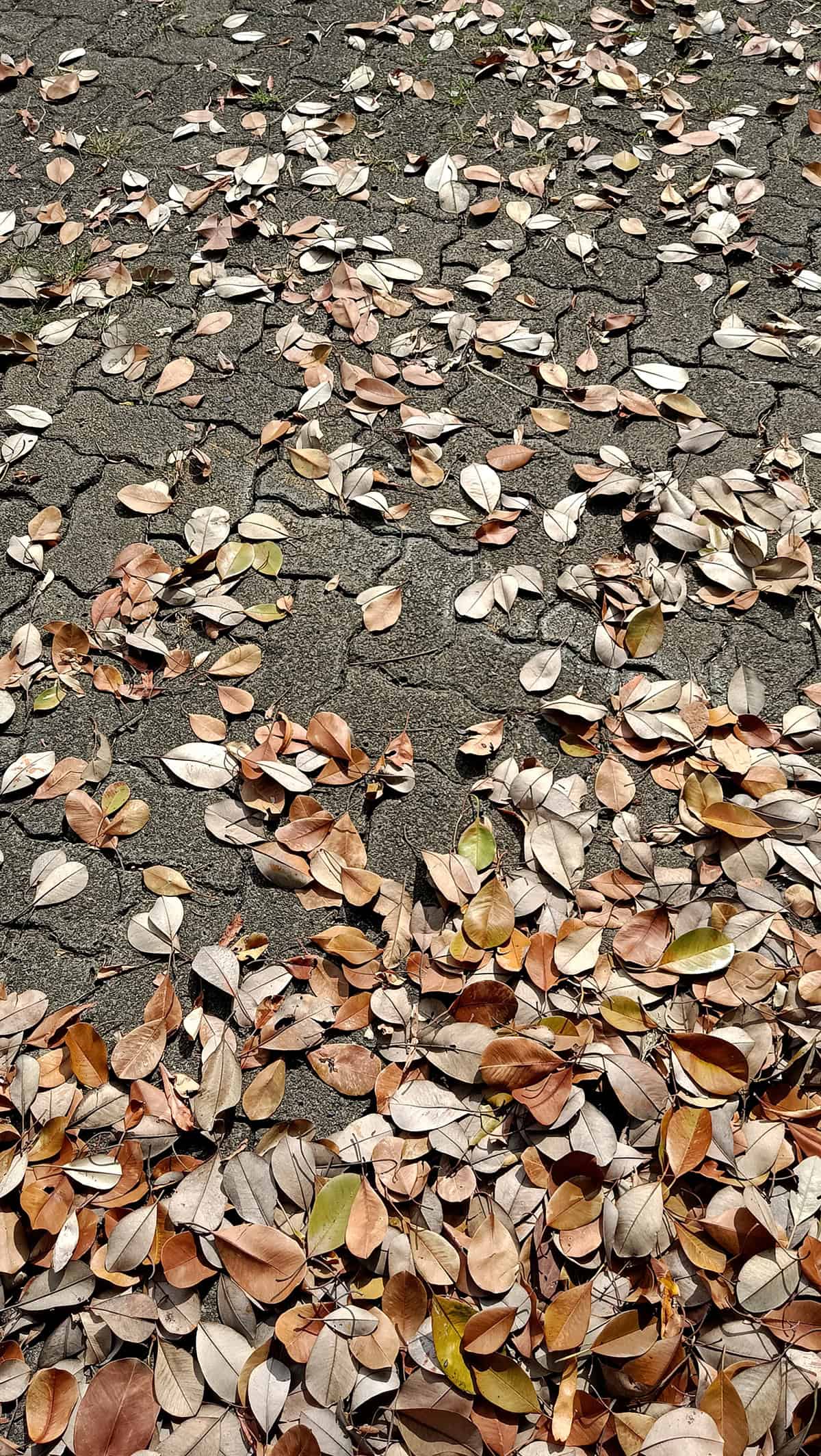
Leaf litter is essential for a butterfly garden. It offers shelter and habitat for butterflies and other beneficial insects. Caterpillars and adult butterflies can find protection in leaf piles.
Leave leaf litter through the winter. This provides a place for pupae to overwinter. Additionally, other pollinators and beneficial insects will use this space.
Leaf litter enhances the soil. As it decomposes, leaf litter enriches the soil with organic matter. This helps plants grow better, providing a healthier environment for butterflies.
Your garden’s leaf litter can include a mix of fallen leaves, twigs, and small branches. This diversity supports the various life stages of butterflies. Spread a layer of leaf litter in garden beds and borders.
Create Windbreaks
Creating windbreaks is essential to protect your butterfly garden. Strong winds can harm butterflies. Choose a location that minimizes wind exposure.
Trees and shrubs work well as windbreaks. They offer shelter and food for butterflies. Use a combination of evergreen and deciduous plants. Evergreens provide year-round protection. Deciduous trees and shrubs add seasonal interest.
Design Tips:
Place windbreaks on the windward side of your garden. This is usually the side facing dominant winds. Ensure the windbreaks are tall enough to reduce wind speed. The windbreak should be dense but not overcrowded. Leave space between plants to allow airflow while reducing wind impact.
Effective Plants for Windbreaks:
- Evergreens: Pines and spruces provide durable shelter. They block wind year-round.
- Deciduous Trees: Maples and oaks are good choices. They offer seasonal diversity.
- Shrubs: Lilacs and butterfly bushes attract butterflies. They add beauty and function to your windbreak.
Windbreaks make it easier for butterflies to feed and rest. Less wind means they can navigate your garden better. Windbreaks also help create warmer microclimates. This is important because butterflies need warmth to be active.
Placement Considerations:
Make sure your windbreak does not shade the entire garden. Butterflies prefer sunny areas. Position windbreaks where they block the most wind but allow sunlight through. You can also use fences or walls in combination with natural plants for added support.
